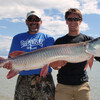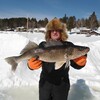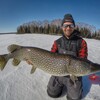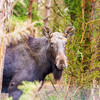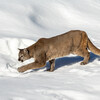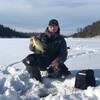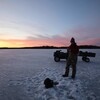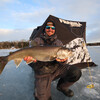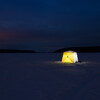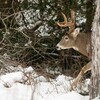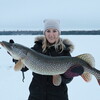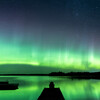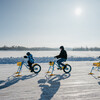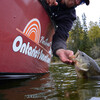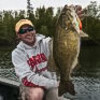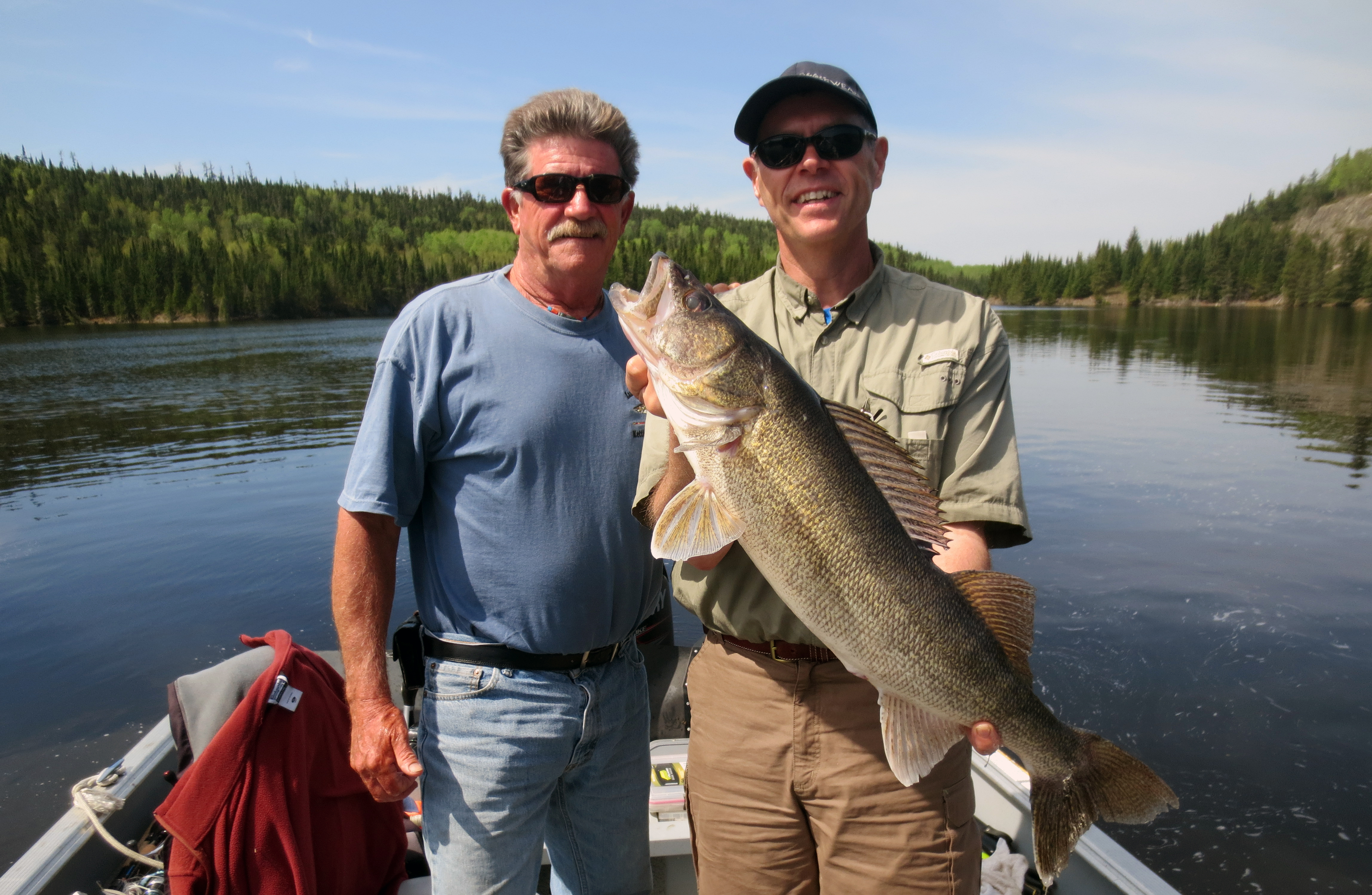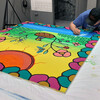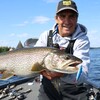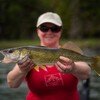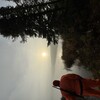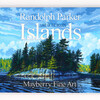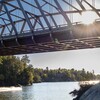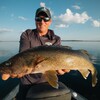Tips from a Lindner's Angling Edge Pro
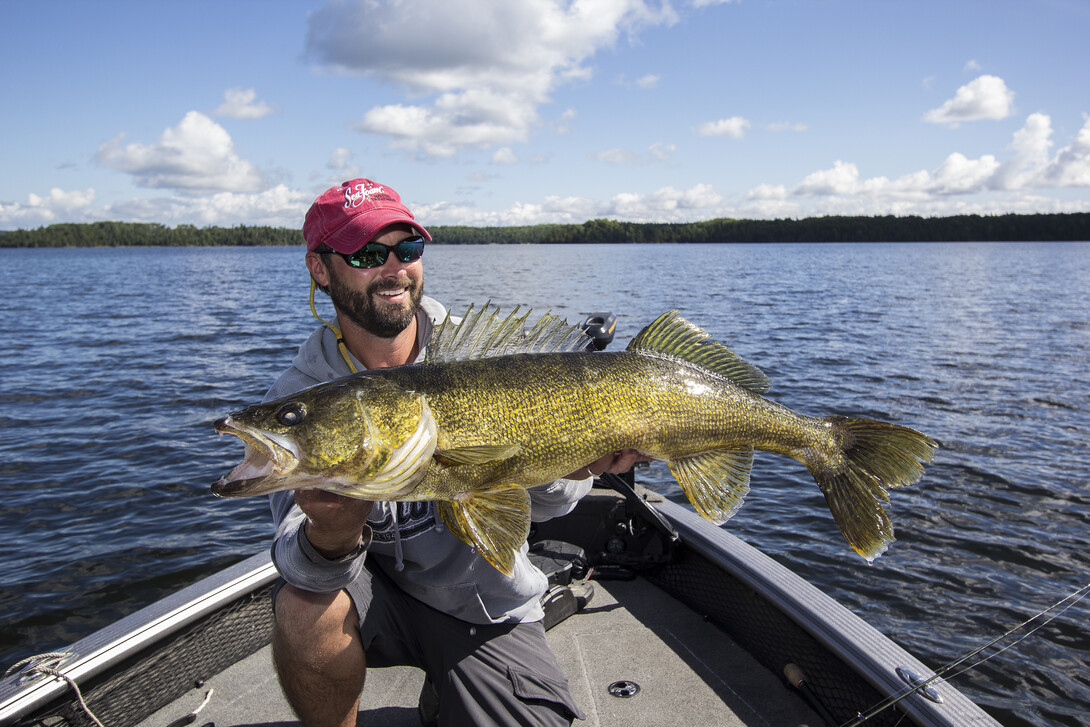
Bouncin’ Bottom Walleye
I live in Minnesota, and our state fish is the walleye. We can have some pretty good walleye fishing here, especially on some of our larger lakes and rivers. That said, comparing walleye fishing in Minnesota to walleye fishing in Sunset Country is like comparing a National Park to a local city playground.
I’ve been to places in Sunset Country where anything you choose from your tackle box will get a bite immediately, and it’s nearly impossible to keep count of the fish you catch in a day. We’ve also visited spots where it’s a struggle to catch fish for shore lunch because every walleye we caught was a giant.
Bottom line: Sunset Country has more walleye fisheries and walleye than anywhere on the planet!
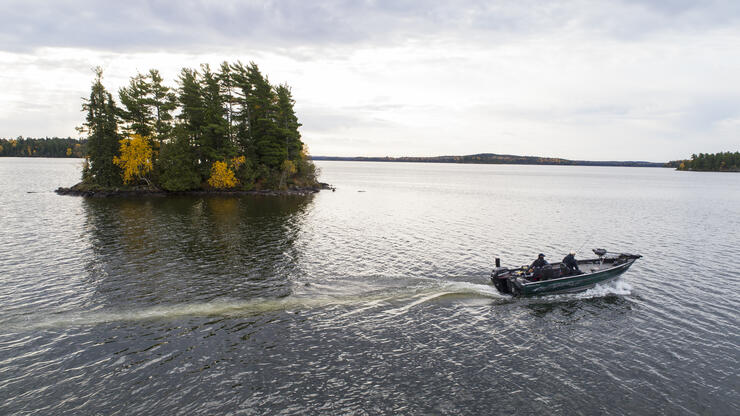
Our line of work (producing television fishing shows) takes us to new fisheries all the time. Our job is to figure out how to catch quality fish and put a show together in short order. Over the years, we’ve developed a system to make the fish finding and catching process more efficient.
One system we rely on to quickly figure out Canadian walleyes is bottom bouncing. Except for early in the season, bottom bouncing is one of the most effective means of covering water and finding an area with walleyes, and finding places with the size of the walleye you want.
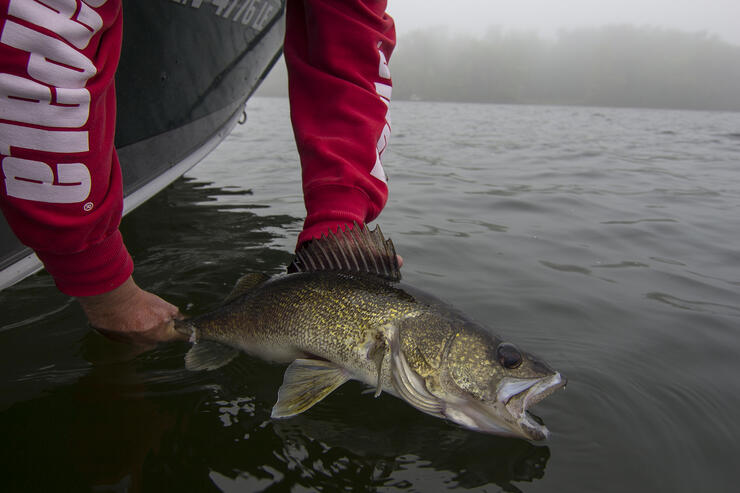
Here are some of the guides we follow to be effective with them:
1) First is the weight. Generally, using one ounce of lead for every 10 feet of depth will keep your bait in the zone. For example, if we’re fishing in 20 feet of water, we would use a 2-ounce bottom bouncer.
2) Next is what’s tied to the bouncer. Crawler harness spinners are the most common for most of the summer. It’s no secret that fish like worms, and they’re the most consistent bait for spinners through the summer.
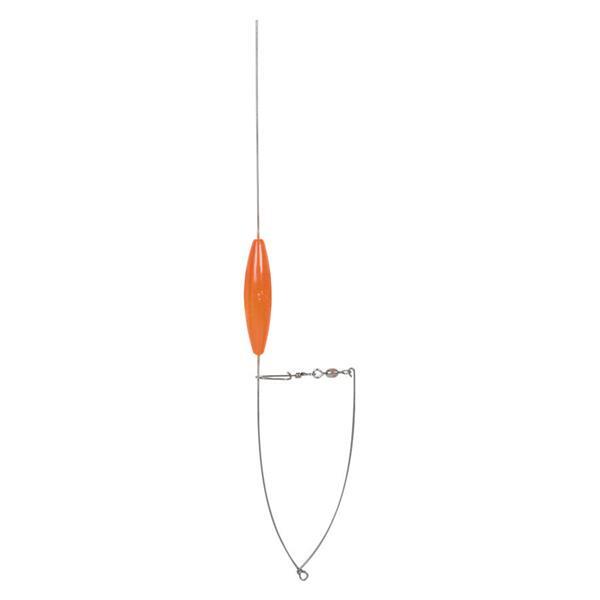
3) A few modifications we’ll make to the spinners are the length and blade size. Again, there are no hard and fast rules here, but if the water is dirty or stained, we’ll use shorter leads with bigger blades. If the water is clear, we’ll use longer leaders with smaller blades. But always experiment, especially when you have multiple anglers in the boat.
4) Speed is the next and likely the most critical variable. Generally, we will pull spinners from between 1.4- 2.1 mph. An observation we’ve had is that often when you’re going over fish that aren’t biting, speed up rather than slowing down and get the fish to react to the bait rather than examine it. If the fish are on fire, you can save time by going to plastics rather than live bait; plastic crawlers, leeches, and
minnow and swimbait profiles have all been effective for us.
5) Next, I’d like to talk about stick-baits and bouncers. Stickbaits are long narrow crankbaits, like the Original Floating Rapala. Most anglers focus on spinners for bottom bouncers, but we’ve had incredible success with hard baits, and often they’ll select for larger fish. Our go-to is the Original Floating Rapala in a size 11, but sometimes they prefer something smaller like a size 9, and we’ve caught plenty of big walleyes on the magnum 18.
6) When pulling cranks, you’ll be fishing a bit faster on average than you do with a spinner. We’ll often start around 2 mph and vary the speed up to 3 mph. With the additional speed, you’ll either have to run more line out or use a slightly heavier weight to keep the lure near the bottom.
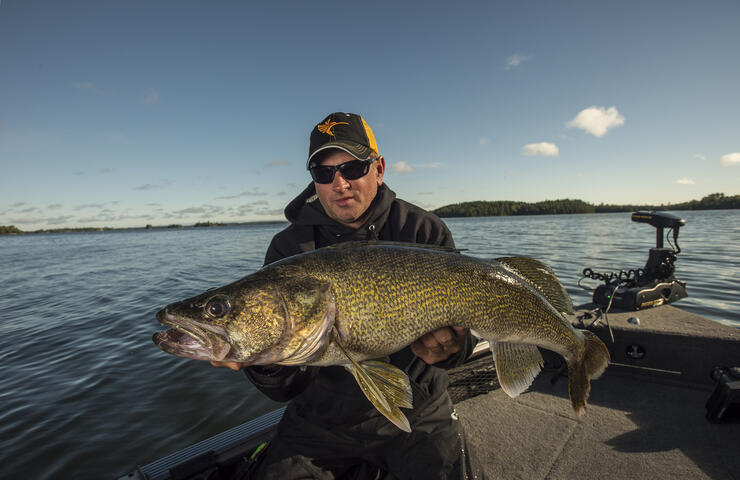
Bottom bouncing truly is one of the techniques that works everywhere we fish walleyes in Sunset Country. It’s relatively snag-proof, fast, and effective. If you’re heading to a new spot this season or want to explore more water on a place you’ve been going for years, try bottom bouncing. It works for us, and I’m sure it will work for you too!
Video: Bottom Bouncin’ Walleyes in NW Ontario
Recommended Articles
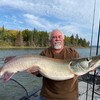
Is the 1,400 Kilometre Drive to Northwest Ontario For a Fishing Trip Worth it?
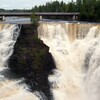
8 must-see waterfalls

6 Ways to Get Your 10,000 Steps This Fall
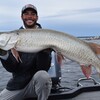
Top 5 Reasons You Should Be Fishing in Morson, Ontario

Discover The Winnipeg River
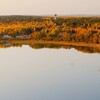
Enjoy Sunset Country's Fall Colours on Your Next Road Trip

Fishing in the Fall?
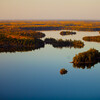
6 Reasons to Book a Fall Vacation to Sunset Country
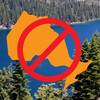
10 Reasons to Avoid Ontario’s Sunset Country
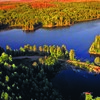
Heading Across Canada?

A Guide to Sunset Country Museums
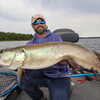
The Promised Land: Best Muskie Fishing in Ontario
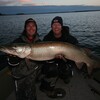
Fall Fishing Tips
5 Essential Boreal Experiences in Ontario's Sunset Country
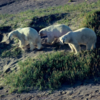
5 Obscure Facts About Northwestern Ontario: Were You Aware of These?
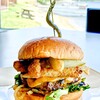
Great Food in Relatively Unknown Places
Outdoor Medicine

A Guide to Bringing Your Pets on Vacation to Canada
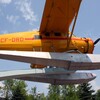
There's more than just fishing in the Red Lake Region

5 Amazing Sights You Can Only See By Boat

Going Fishing in Canada?
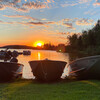
Going fishing in Ontario?

Outdoor Adventure in Ontario's Northern Paradise
Planning A Family Fishing Trip to Canada

Tips from a Fishing Legend
